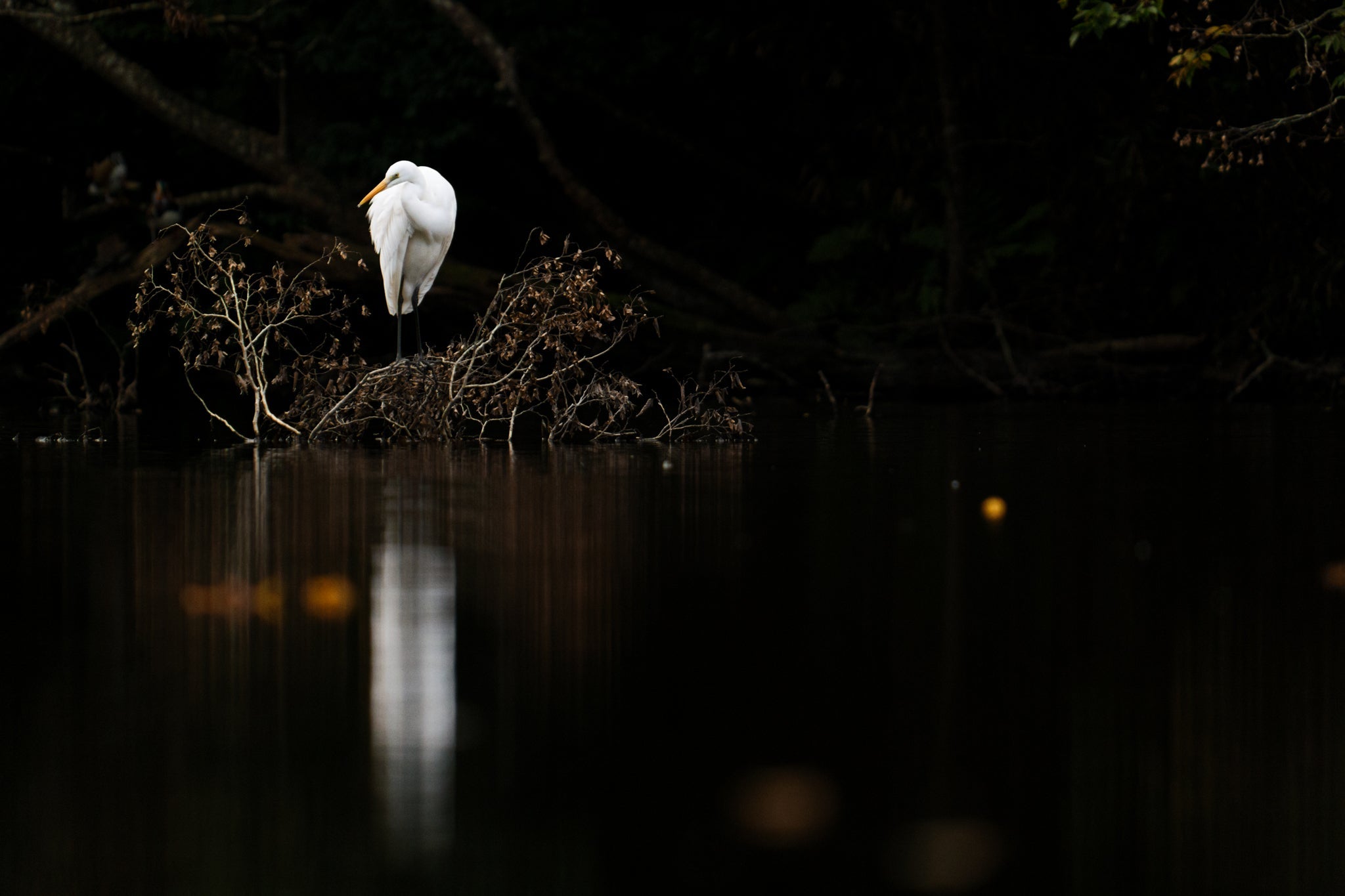[This series will feature chapters that showcase key lenses in the LUMIX S Series lineup—built for photographers and filmmakers who demand high quality, consistency, and creative flexibility. The standard S Series lenses are designed to deliver excellent performance and reliability, with a balanced blend of image quality, portability, and affordability.]
Designed for versatility and crafted with care, the LUMIX S 70–300mm F4.5–5.6 MACRO O.I.S. is a telephoto zoom lens that brings together portability, reach, and great optical performance. While it sits within LUMIX's S lens lineup—known for balancing performance and usability—this lens delivers results that punch far above its weight.

Whether you’re capturing distant wildlife, dynamic action, or close-up macro subjects, this lens is engineered to deliver crisp detail, soft bokeh, and reliable control throughout its extensive zoom range.
The 70–300mm range is ideal for a wide variety of subjects—sports, wildlife, travel, and portraits. But this lens goes a step further with its half-macro capability, offering a 0.5x magnification ratio at 300mm. That gives photographers the flexibility to shoot flowers, insects, or textures without crowding the subject.

A 17-element, 11-group design with UED and ED elements ensures sharp, high-contrast images across the zoom range.
Pulling off this combination of telephoto reach and macro performance required excellent design. To maintain image quality while allowing for a long focus stroke (the distance lenses need to move to go from infinity to close focus), the lens uses a unique configuration of six rear lens groups—including both positive and negative elements—to keep aberrations under control even at minimum focus distance.
Sharp Results Across the Zoom Range
The LUMIX S 70–300mm avoids aspherical lenses entirely—a rarity for modern zooms—because LUMIX's optical designers wanted to preserve smooth bokeh without the risk of “onion ring” artifacts common in cheaper aspheric designs. Instead, the lens relies on a precise 17-element, 11-group configuration that uses one UED and two ED elements to minimize chromatic aberration and deliver consistent, high-contrast images throughout the zoom range.
Bokeh was a top priority, and it shows. Thanks to carefully controlled spherical aberration, background blur is smooth and pleasing, free from distracting lines or harsh transitions.

The S 70–300mm's bokeh is soft and refined, with smooth transitions and no distracting outlines.
At 300mm, the lens can achieve a half-macro reproduction ratio—letting you get detailed close-ups while keeping your distance. This is particularly valuable for subjects like insects or shy wildlife, and also ideal for isolating small details in scenes that are difficult to physically access.
Autofocus is fast and accurate, even with the added complexity of macro focusing. That’s partly due to the use of lightweight lens elements in the focus group and a mechanical design that reduces load on the focusing motor.
Engineering That Goes Beyond the Spec Sheet
Mechanically, this lens is a marvel of compact engineering. Its five zooming lens groups move along cam grooves—17 in total—carved with 0.01mm precision to deliver smooth and responsive zooming in a tight space. This internal complexity results in a straightforward and enjoyable user experience.

An 11-blade circular aperture delivers smooth bokeh and striking starbursts when stopped down.
Even details like the aperture blade shape received attention. The lens features an 11-blade circular aperture, designed to create attractive bokeh and a pronounced starburst effect when stopped down. Whether you’re photographing a streetlamp at night or a setting sun, the resulting “star” is clean and elegant.
The LUMIX S 70–300mm F4.5–5.6 MACRO O.I.S. is a lens built with intention—for photographers who demand reach, versatility, and beautiful rendering in one lightweight, portable package. From its thoughtfully tuned bokeh to its surprising macro performance and robust mechanical design, this lens is ready to handle whatever subject you throw at it—near or far.
Whether you’re already using it or considering adding it to your kit, this lens is a reminder of what thoughtful optical design can do for your photography.




